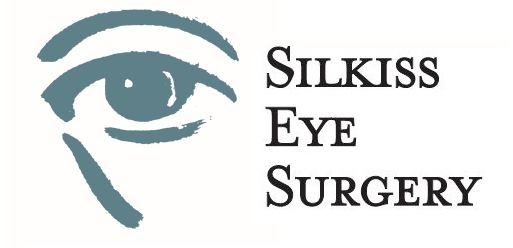COSMETIC SURGERY
Upper Eyelid Blepharoplasty
(Eyelid Lift)
Lower Eyelid Blepharoplasty
(Lower Eyelid Bags)
Asian Eyelid Surgery
(Double Eyelid)
NON-SURGICAL COSMETIC OPTIONS
RECONSTRUCTIVE SURGERY
Ptosis (Drooping Upper Eyelids)
Eyelid Malpositions
(Ectropion & Entropion)
Eyelid Skin Cancer
and Reconstruction
Chalazion, Stye, and Skin Tags
Tearing and Lacrimal System
(Tear Duct)
Thyroid Eye Disease
(Graves' Disease)
Prosthetic Eye &
Eye Socket Surgery
Congenital Ptosis and Pediatric Conditions
Facial Paralysis (Bell's Palsy)
Benign Essential Blepharospasm (Eyelid Spasms)
Trauma (Eyelid Lacerations &
Orbital Fractures)
LOWER EYELID BLEPHAROPLASTY (LOWER EYELID BAGS)
A very common complaint we hear as oculofacial plastic surgeons is that of bags or dark circles under the eyes. With aging, the facial support structures that keep the normal orbital fat inside the eye sockets weaken and shrink, resulting in an outpouching of orbital fat and the appearance of bags. Aging may also results in loss of tissue volume in the lower eyelid and descent of the cheek. This results in a hollow area under the eyelids known as a tear trough deformity, which can give the appearance of dark circles under the eyes. Younger patients often have tear trough deformity simply as an inherited condition. Loss of elasticity in the skin, especially in patients with a history of significant sun exposure may result in thinning and wrinkling of the lower eyelid skin. The goal of a lower eyelid blepharoplasty is to smooth out bags and circles to give a more youthful appearance.
THE PROCEDURE
There are many different surgical techniques that address cosmetic lower eyelid issues such as bags, dark circles, and wrinkles. Fat can be removed or repositioned via a "scar-less" transconjunctival approach (the incision is made behind the eyelid, leaving the skin intact). If excess skin must be removed, the incision is hidden just underneath the eyelashes. Lower eyelid blepharoplasty is often combined with upper eyelid procedures such as upper eyelid blepharoplasty and/or ptosis repair, to reduce total recovery time.
A non-surgical option for the lower eyelids is facial fillers such as Juvederm. Fillers can fill in hollow areas and are ideal for younger patients.
Our doctors will discuss their assessment with you and go over your personal plan and what to expect after surgery during your preoperative visit. The surgery is usually performed in the operating room under sedation (twilight).
RECOVERY AFTER SURGERY
Surgical time is usually about 2 hours depending on the particular details of each case. You may expect to go home on the day of surgery. There is usually minimal to no pain after blepharoplasty surgery and most patients resume their normal daily activities the following day. Heavy lifting should be avoided for 1-2 weeks. You may experience mild discomfort, which is controlled with oral medication. Swelling and bruising significantly improves after a few days and usually is minimally noticeable after 2 weeks, however healing time can vary between individuals. Sutures are removed on the first postoperative visit, usually 7-10 days after surgery. Eyelid make-up and contact lens use may usually be resumed 1-2 weeks after surgery.
SPECIAL CONSIDERATIONS
Our doctors will perform a thorough eye exam prior to any eyelid surgery. If you have a history of dry eyes, you should be treated appropriately prior to surgery because blepharoplasty surgery may worsen dry eye symptoms. Sometimes surgery is postponed or determined to be inadvisable if symptoms are significant enough. A history of prior eyelid surgery may put you at risk for inadequate eyelid closure or dry eyes after surgery. It is important to see an eyelid specialist to coordinate a surgical plan that will not only give the most aesthetically natural appearance but more importantly, maintain vital eye health.

